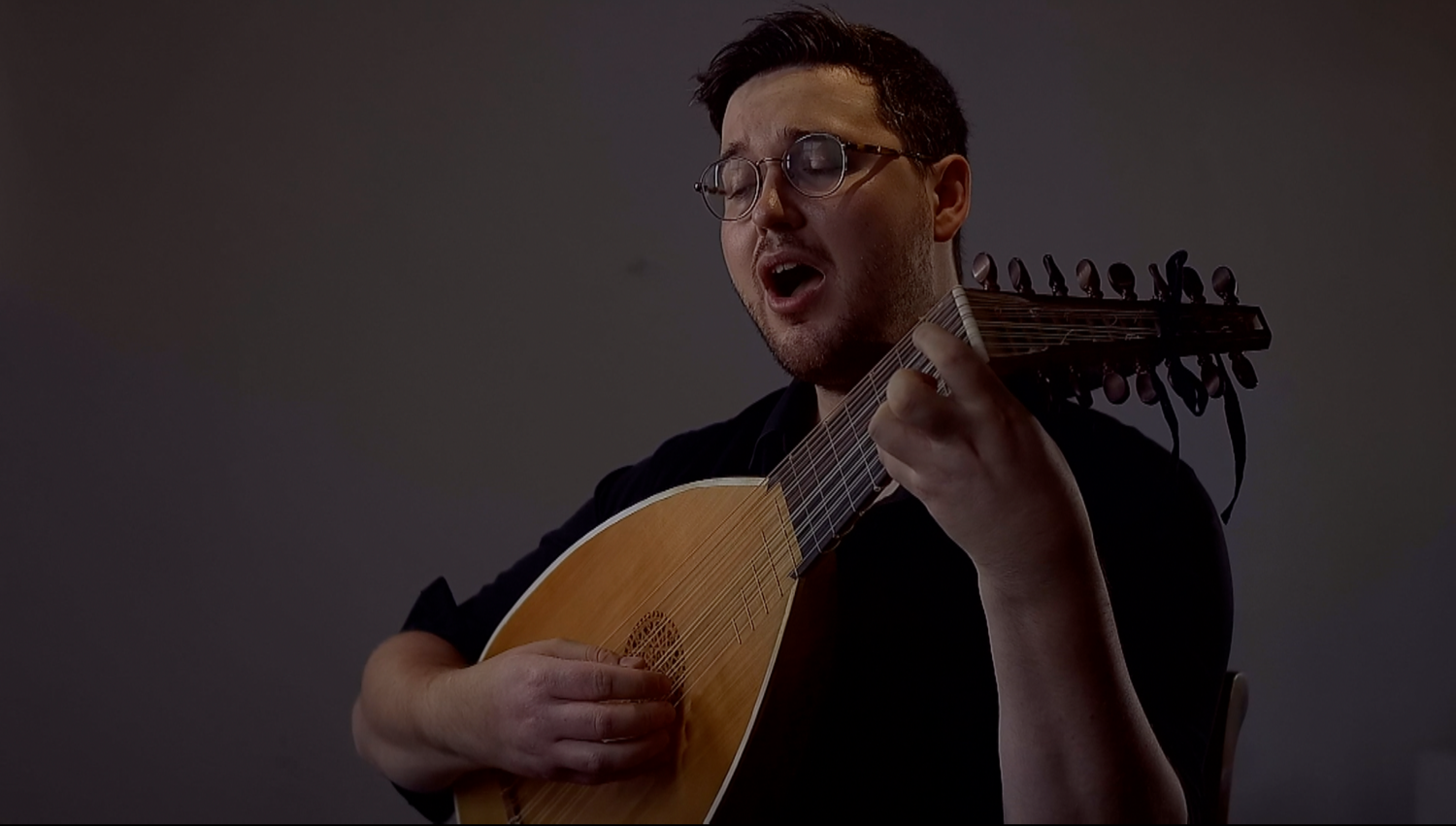Andreas Ornithoparcus on the Singing of Different Nations and the Faults of German Cantors (1517)
- Tim Braithwaite

- Aug 10, 2021
- 3 min read
Dowland’s Translation:
‘Every man lives after his owne humour; neither are all men governed by the same lawes, and divers Nations have divers fashions, and differ in habite, diet, studies, speech, and song. Hence is it, that the English doe carroll; the French sing; the Spaniards weepe; the Italians, which dwell about the Coasts of Ianua caper with their Voyces; the other barke: but the Germanes (which I am ashamed to utter) doe howle like Wolues. Now because it is better to breake friendship, than to determine any thing against truth, I am forced by truth to say that which the love of my Countrey forbids me to publish. Germany nourisheth many Cantors, but few Musitians. For very few, excepting those which are or have been in the Chappels of Princes, doe truely know the Art of Singing. For those Magistrates to whom this charge is given, doe appoint for the government of the Service youth Cantors, whom they choose by the shrilnesse of their Voyce, not for their cunning in the Art; thinking that God is pleased with bellowing and braying, of whom we read in the Scripture, that he reioyceth more in sweetnes than in noyse, more in the affection, than in the Voice.’
———————————————————————————————————————
Paraphrase: ‘Every man lives after his own humour; neither are all men governed by the same laws, and different nations have different fashions, and differ in habit, diet, studies, speech, and song. This is why the English carol; the French sing; the Spaniards weep; the Italians, which dwell on the coast of Ianua, caper with their voices; the others bark: but the Germans (I am ashamed to say) howl like wolves. Now because it is better to break friendship than to say something untrue, I am forced by truth to say that which the love of my country forbids me to publish. Germany nourishes many cantors, but few musicians. For very few, apart from those which are or have been in the chapels of princes, truly know the art of singing. For those magistrates to whom the charge is given, appoint young cantors for the governing of the service, whom they choose for the loudness/harshness [asperitatem] of their voice, not for their skill in the art; thinking that God is pleased with bellowing and braying, whereas we read in the scripture that he rejoices more in sweetness than in noise, more in the affection than in the voice.’
———————————————————————————————————————
Ornithoparcus:
‘Cum quisque suo viuat genio: nec eisdem omnes pareant legibus nationumque diuersitas, diuersos mores habeat atque ritus, habitu, victu, studio, sermone, cantu. [Angli. Galli. Hispani, Itali, Germani in marg.] Hic Angli iubilant, galli cantant: Inquit Franchinus: Hispani ploratus promunt: Italorum pars, qui Januensium littora inhabitant Caprisare dicuntur, ceteri latrant: Germani vero: quod pudet dicere: vt lupi vllulant. Et cum sit melius familiaritatem destruere. quam contra veritatem aliquid temere diffinire: Ueritas dicere cogit: quod amor patrie propalare repreheudit. Germania cantores plures: musicos paucos nutrit. Nam preter eos: qui in sacellis principum aut sunt, aut fuerunt: Paucissimi canendi disciplinam: Cleri gloriam: vere cognoscunt. Magistratus enim: quibus hec res commissa est: Cantores secundum vocis asperitatem, non artis peritiam, ceremonijs ac iuuentuti preficiunt, deum boatibus mugitibusque placari arbitrantes: qui suauitate magis quam stridore: plus affectu quam voce in scripturis legitur gaudere.’
———————————————————————————————————————
*Notes*
Andreas Ornithoparcus, Musicae Activae Micrologus (Leipzig, 1517).
John Dowland, Andreas Ornithoparcus His Micrologus, or Introduction, Containing the Art of Singing, London, 1609 (London: 1609). My paraphrase.
The image below is one of a series of woodcuts by Hans Burgkmair depicting the ‘Triumphzug’ (Triumphal Procession) of Maximilian I. While this image is a particularly beautiful colouration of the woodcut by Joseph Hoeger in 1765, the woodcut itself was actually created in 1517-18 from a series of coloured miniatures drawn on velum. for more information and a reproduction of the original velum miniature see Herbert Myers, “The Musical Miniatures of the ‘Triumphzug’ of Maximilian I,” The Galpin Society Journal 60 (2007): 3–28, 98–108.
Interestingly, the image was supposedly intended to include ‘Zingkenblasser vnnd pusauner,’ both in the plural, but Myers suggests that a lack of space forced the artist to compromise by including only a singular instrumentalist from each category, the leaders of both groups. Hans Steudl is here depicted representing the ‘pusauner’ and Augustin Schubinger the ‘zingkenblasser.’ The ‘Capelmaister’ is Georg Slatkonia, who appears on the far left, supposedly standing next to the famous Ludwig Senfl.





Comments